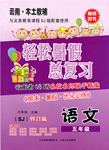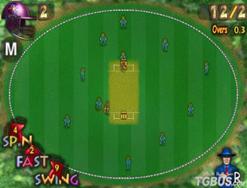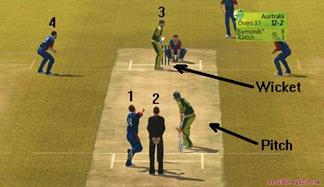题目内容
For many young people, the dream of a lifetime is to travel the world, explore different cultures and landscapes, taste new foods and flavors, and listen to the distinctive sounds of international music and languages.
Unfortunately, few young people have the money or freedom to make this dream come true. But if you can't go out into the world, surely second best is to let the world come to you. And, this year's Shanghai World Expo is exactly where that's happening.
From May 1 to October 31, there will be 194 countries and 50 international organizations on display at the 5-square-km Expo site. Seventy million domestic and international visitors are expected to visit it by the end of October. So, if you can go, you'll be surrounded by people with a wide range of backgrounds, nations, and cultures.
The Expo's theme is "Better City, Better Life". The United Nations estimates that, this year, 55 of the world's people will live in urban settings. This poses a dilemma (困境) for the world's cities: How can they accommodate such a large number of people in a sustainable (可持续的) way? Can they remain places of natural beauty and cultural importance?
Well, that's the challenge the 2010 Expo participants are confronting in a variety of ways. Japan will show off an "eco-breathing" structure to power its building with natural energy like sunlight, rainwater and wind. Germany's pavilion is named "Balancity", which is described as a "balance between innovation (创新) and nature, society and its individuals, work and recreation" (娱乐)
The first themed Expo was held in 1933, and since that time World Expos have featured a participatory and interactive style. The Shanghai Expo is no exception. Young people will have the opportunity to take part in forums to discuss themes like new technology, green energy and conservation.
A trip to the Expo is guaranteed to be much less expensive than a trip around the world. Still, the costs can add up. However, young people can save money by purchasing group or student tickets, which may be available at reduced rates. Many of the participating pavilions offer free samples and treats for the visitors. In addition to handing out free chocolates, the Belgian pavilion will give away a free diamond each week to a visitor who can answer questions related to Belgium.
If you're planning to head to the Shanghai Expo between May and October, don't forget to bring a camera, a notebook, and an open mind (and comfortable shoes). For nearly six months, representatives of the world are coming together to share their best and latest ideas for the future. It's sure to be a memorable experience.
From: http://www.hxen.com/englisharticle./yingyuyuedu/2010-02-09/101092.html
1. Which statement is true according to the passage?
A. You can pay a visit to the Shanghai World Expo at the beginning of this November
B. You can save money by buying student tickets.
C. Whoever comes to the Belgian pavilion will be given a free diamond.
D. How to protest the animals is the theme of the Shanghai World EXPO
2. What dilemma do you think the cities are confronting (面对) now according to the fourth paragraph?
A. How to avoid traffic jams B. How to reduce air pollution
C. How to live peacefully with animals D. How to live harmoniously with nature
3. What's the purpose of the writing the passage?
A. To introduce how to get to the Shanghai World Expo
B. To recommend what to see in the Shanghai World Expo
C. To tell us some information about the Shanghai world Expo.
D. To tell us the history about the World Expo.
4. Where do you think you will probably read this article?
A. In a newspaper B. On a website C. In a magazine D. In a textbook
小题1:B
小题2:D
小题3:C
小题4:B
略

练习册系列答案
 轻松暑假总复习系列答案
轻松暑假总复习系列答案
相关题目
 you are not sure how serious the burn is, seek emergency medical help.
you are not sure how serious the burn is, seek emergency medical help. rned through and the second layer of skin is also burned. In these burns, the
rned through and the second layer of skin is also burned. In these burns, the skin reddens intensely and blisters (水泡) develop. Severe pain and swelling also occur. Second-degree burns require medical treatment.
skin reddens intensely and blisters (水泡) develop. Severe pain and swelling also occur. Second-degree burns require medical treatment. .
.  ed levels of fine particles (粒子,微粒) in the air in 36 areas across the country.That information came from the Environmental Protection Agency.The extremely small particles came from industrial smoke and traffic, along with things like wood-burning fireplaces in houses.
ed levels of fine particles (粒子,微粒) in the air in 36 areas across the country.That information came from the Environmental Protection Agency.The extremely small particles came from industrial smoke and traffic, along with things like wood-burning fireplaces in houses. relationship between air pollution and heart diseases
relationship between air pollution and heart diseases
